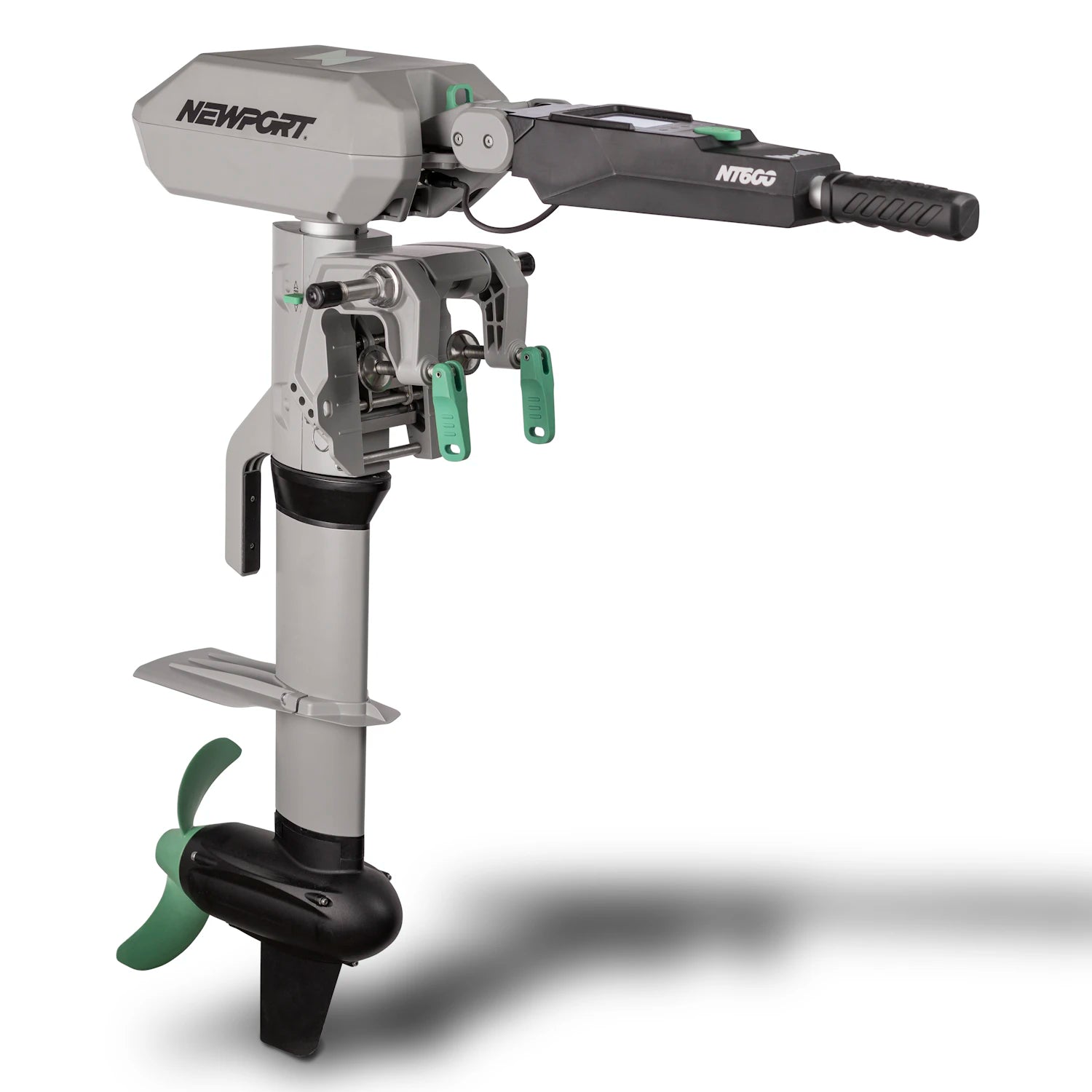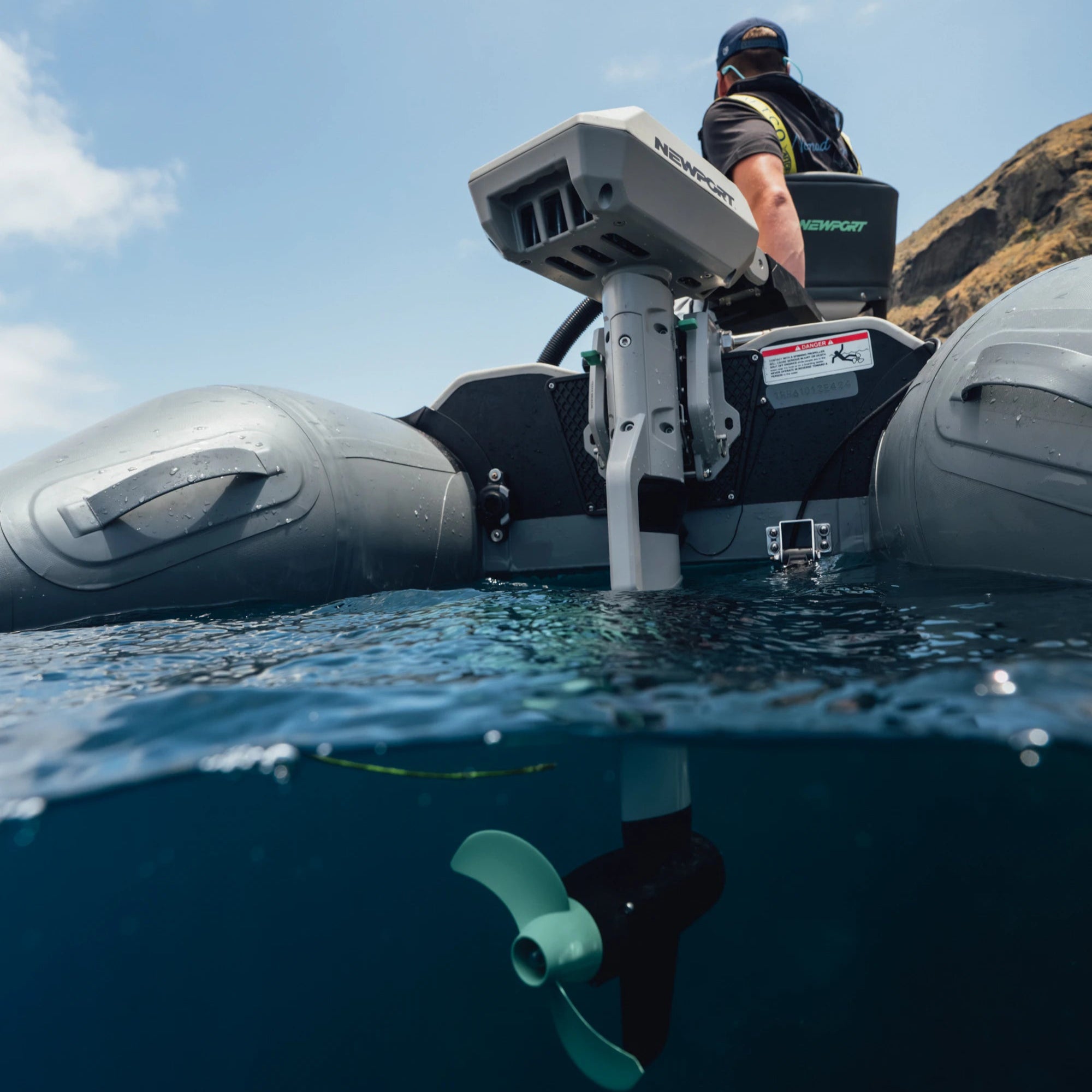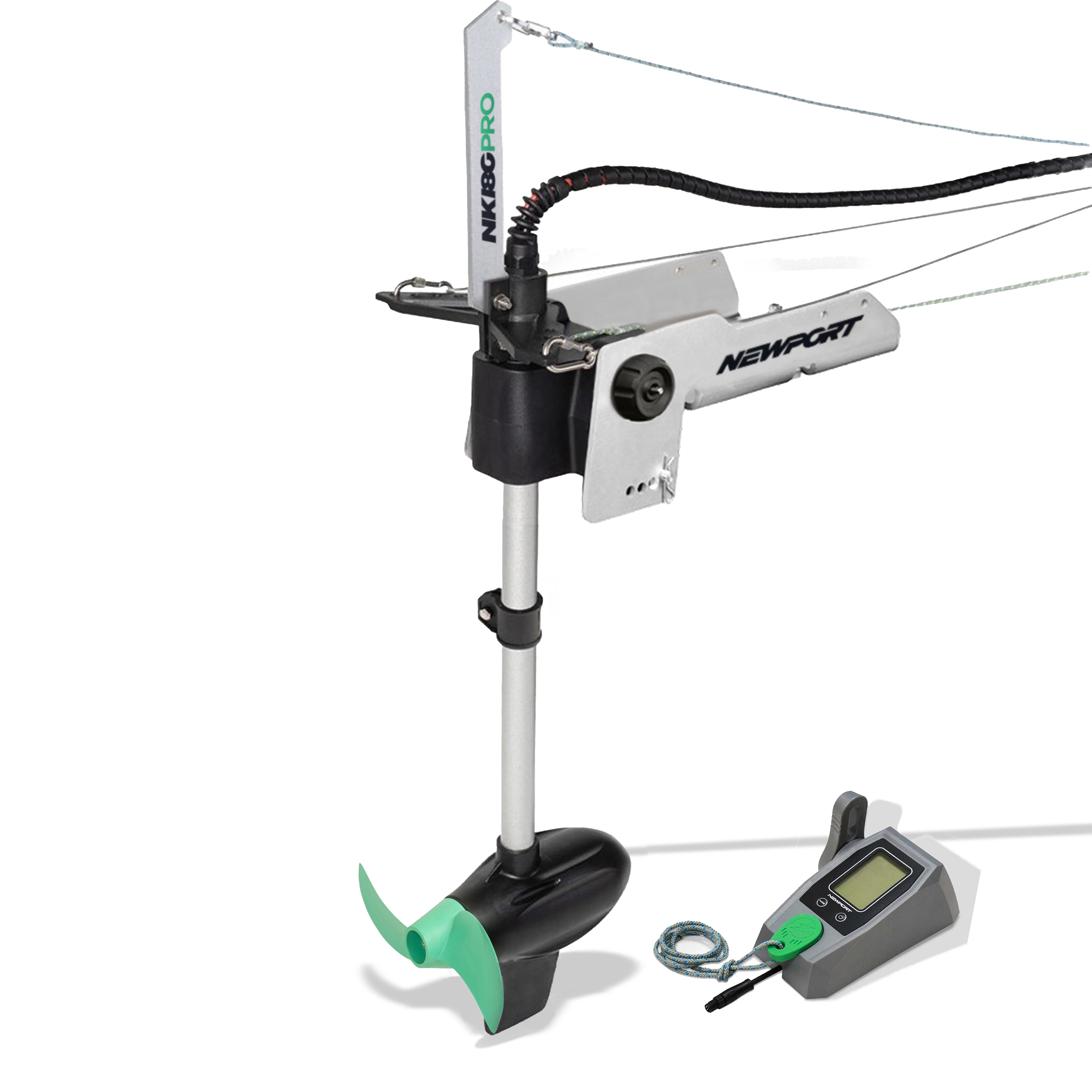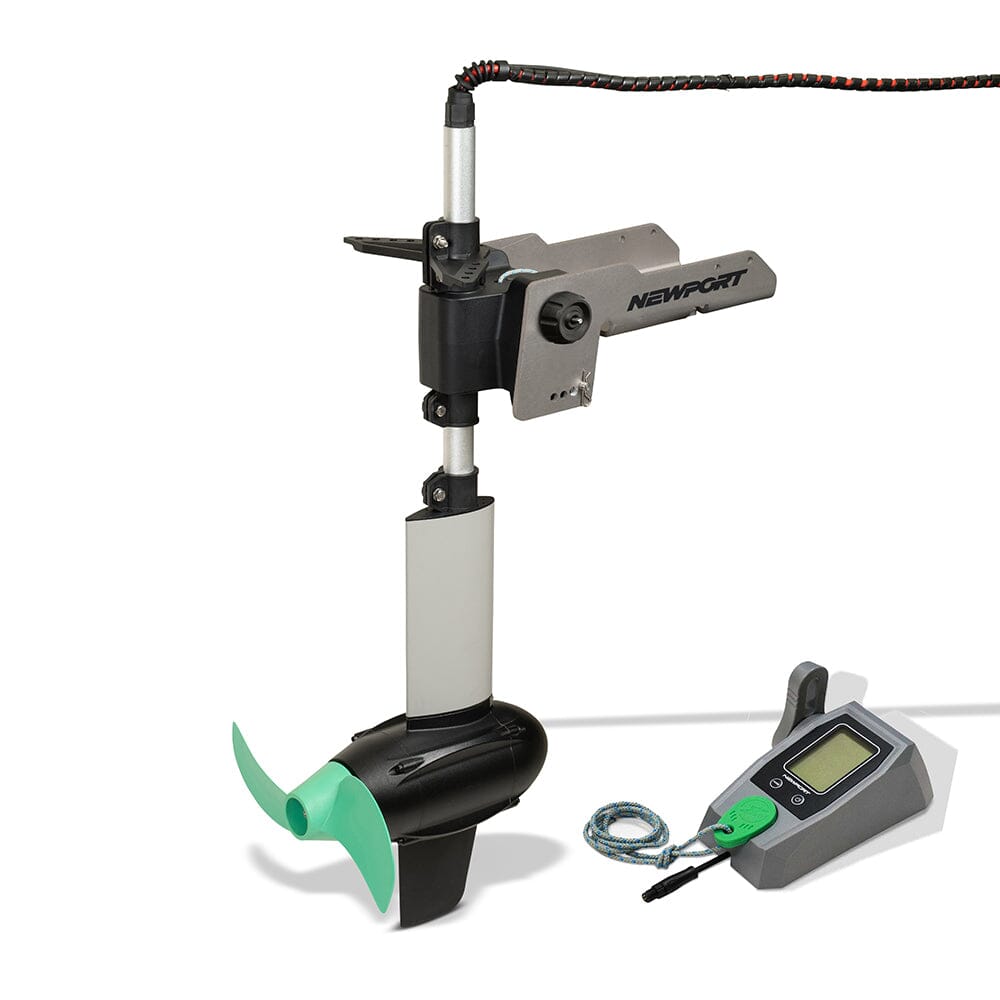How To Repair An Old 12V Battery
12V Deep Cycle Battery Repair: Does it seem like there’s a little less juice each time you use your battery?
Batteries are rather odd pieces of technology that many of us take for granted, and as much as we’d like them to be a plug-and-play, set-it-and-forget-it piece of equipment, batteries require careful maintenance in order to provide a long and reliable service life (see this article for more info). Although there are many types of batteries available on the market, the tried and true Lead Acid, GEL, SLA, and Calcium Type still make up the majority of what is available. Newer Lithium batteries have become available in recent years, but these batteries are generally too high voltage to be safely used with a 12v trolling motor, and not recommended.
When taking a lead acid battery out of storage, whether it be deep cycle, starter, or a hybrid of the two, it is important to know what condition the battery is in. The most common issue on a lead acid battery is the formation of Lead Sulfate crystals on the internal plates of the battery, something that affects roughly 80% of all lead acid batteries manufactured. Over time, these Lead Sulfate crystals can form a complete coating across the lead plates inside your battery, resulting in a complete physical barrier impeding your batteries ability to charge and discharge current.

One simple way to avoid this is to use a 12V Pulse Repair Battery Charger such as this one made by Newport Vessels. Although Pulse Repair Chargers are not the fastest way to recharge your battery, they can greatly extend the lifespan of a lead acid type battery. Note: these pulse repair chargers are not compatible with lithium batteries. Pulse repair technology works by pulsing the battery with short electrical bursts, the length and voltage of these pulses are controlled by a microprocessor inside the charger, which monitors the voltage, current, temperature, and other factors. It will likely require repeated repair cycles to bring a crystalized dead battery back to a working state, so don’t expect it to be back-to-new after a single repair cycle.

It is also important to note that not every battery can be fixed with Pulse Repair Technology. It is possible that your old deep cycle is too far crystalized to be repaired, or failed due to a different issue altogether. For these batteries, it is best to replace the battery with a new unit (recommended batteries can be found here), and return the dead battery to an auto parts store or other battery recycler to be safely dismantled.
Most recyclers will give you a $10 - $20 refund for your old battery, known as a “core charge”, although this may vary by state. Batteries contain a host of nasty chemicals that are damaging to wildlife, people, and the environment, the worst thing you can do is allow this battery to leak into the ground outside your shed instead of having it safely recycled.











